Tibialis Anterior Muscle
The Tibialis Anterior muscle is a large muscle in the front of the lower leg that is responsible for dorsiflexing and inverting the foot. It is important for walking, running, and jumping, and for athletes who participate in sports that require rapid changes in direction.
Introduction
The tibialis anterior is a muscle in humans that originates along the upper two-thirds of the lateral (outside) surface of the tibia and inserts into the medial cuneiform and first metatarsal bones of the foot. It acts to dorsiflex and invert the foot. This muscle is mostly located near the shin.
It is situated on the lateral side of the tibia; it is thick and fleshy above, tendinous below. The tibialis anterior overlaps the anterior tibial vessels and deep peroneal nerve in the upper part of the leg.
Structure
It arises from the lateral condyle and upper half or two-thirds of the lateral surface of the body of the tibia; from the adjoining part of the interosseous membrane; from the deep surface of the fascia; and from the intermuscular septum between it and the extensor digitorum longus.
The fibers of this circumpennate muscle are relatively parallel to the plane of insertion, ending in a tendon, apparent on the anteriomedial dorsal aspect of the foot close to the ankle joint.
After passing through the most medial compartments of the transverse and cruciate crural ligaments, it is inserted into the medial and under surface of the medial cuneiform bone and the base of the first metatarsal bone.
Origin
- It arises from:
- Lateral condyle and upper half or two-thirds of the lateral surface of the body of the tibia
- Adjoining part of the interosseous membrane
- Deep surface of the fascia
- Intermuscular septum between it and the Extensor digitorum longus.
Insertion
Medial and under surface of the first cuneiform bone, and the base of the first metatarsal bone.
Nerve
Deep Pereonal Nerve (L4, L5, S1)
Artery
Anterior Tibial Artery
Function
- Tibialis anterior is the primary dorsiflexor of the ankle with synergistic action of extensor hallicus longus, extensor digitorium longus and peroneous tertius.
- Inversion of the foot.
- Adduction of the foot.
- Contributor of maintaining the medial arch of the foot.
- At anticipatory postural adjustment (APA) phase during gait initiation tibialis anterior favour knee flexion at the stance limb by causing forward displacement of tibia.
- Eccentric deceleration of foot plantar flexion, eversion and foot pronation.
Exercise of Tibialis Anterior muscle:
Mainly 2 types of exercise:
- Stretching exercise of Tibialis anterior muscle
- Strengthening exercise of Tibialis anterior muscle
Tibialis anterior stretching exercise:
Tibialis anterior stretch is an important exercise to improve flexibility of your lower leg, this exercise have many health benefits and reduce the risk of injury
What are the Health benefits of tibialis anterior stretching?
There are many health benefits you should know:
- Decreased risk of injury to calves, ankles and feet
- Reduced chance of getting tibialis anterior tendonitis
- Better ground clearance when walking to avoid tripping
- Reduce the risk of developing shin splints and stress fractures
- Fast up recovery of shin splints.
- Increased athletic performance in sports where the ankle is “locked” like in soccer to kick a ball
- Increases the ankle range of motion. such as dorsiflexion,inversion, and adduction.
- It also maintains the medial arch of the foot.
- It also helps in the anticipatory postural adjustment (APA) part during gait beginning tibialis anterior perform knee flexion at the stance limb by causing forward displacement of the tibia.
- It also helps in eccentric deceleration of foot plantar flexion, pronation and eversion.
Following are the few best exercise you can do at home to stretch Tibialis anterior muscle:
Standing Anterior Tibialis Shin Stretch
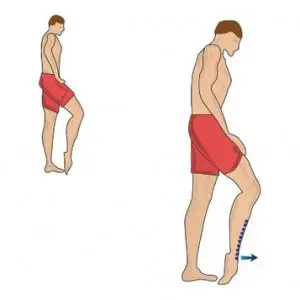
How to do: Stand tall. You need to use a hand on a wall or other support for balance.
Slightly bend your both knees.
The right foot remains squarely on the floor. The foot to be stretched or left foot is placed just behind this stable/right foot, with the toe of the left foot touching the floor.
Keeping your toe firmly on the floor, pull the left leg forward so you feel a stretch from the top of your left foot through your shins.
Once you feel a stretch, hold it for 10 to 30 seconds.
Repeat the stretch with the right foot.
Seated Shin Stretch:
How to do: Sit on a chair.
Drop your knee towards the floor so the toe of your foot is extended into the floor as in the standing stretch.
Slowly pull forward while the toe is planted on the floor, similar to the standing stretch but seated.
Hold for 10 to 20 seconds.
Repeat for both feet.
Kneeling Shin Stretch
How to do: Kneeling can be used for slowly stretching the shins.
You must have good knee flexion to perform this stretch as you will be sitting on your heels. If it causes pain in your knees, don’t perform it.
Kneel on a mat with the tops of your feet flat on the ground and your buttocks over your heels.
You feel stretching on your shin.
Hold for 10 to 20 seconds.

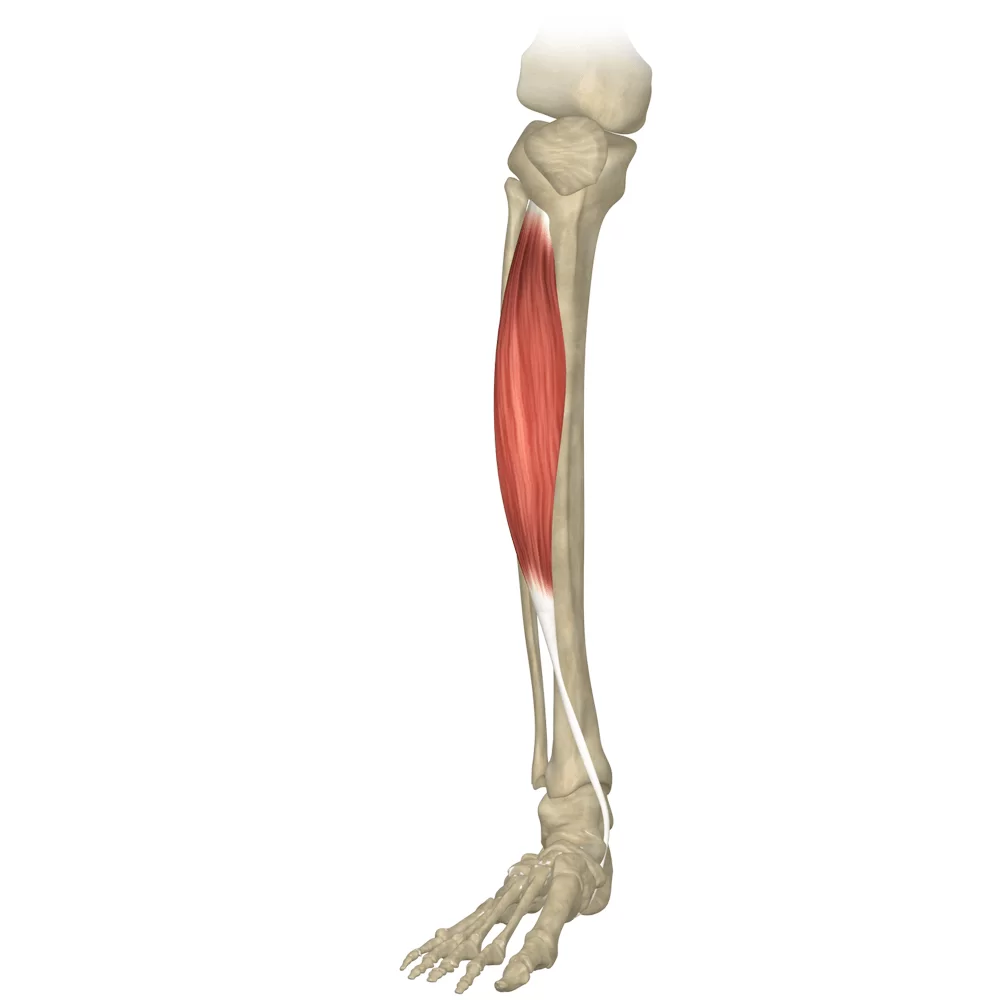
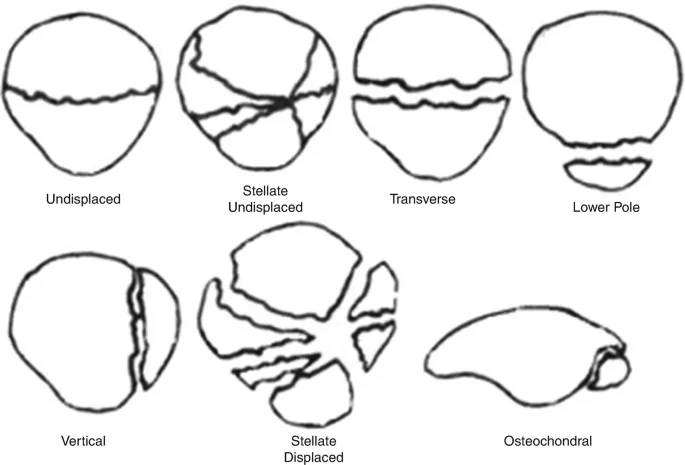
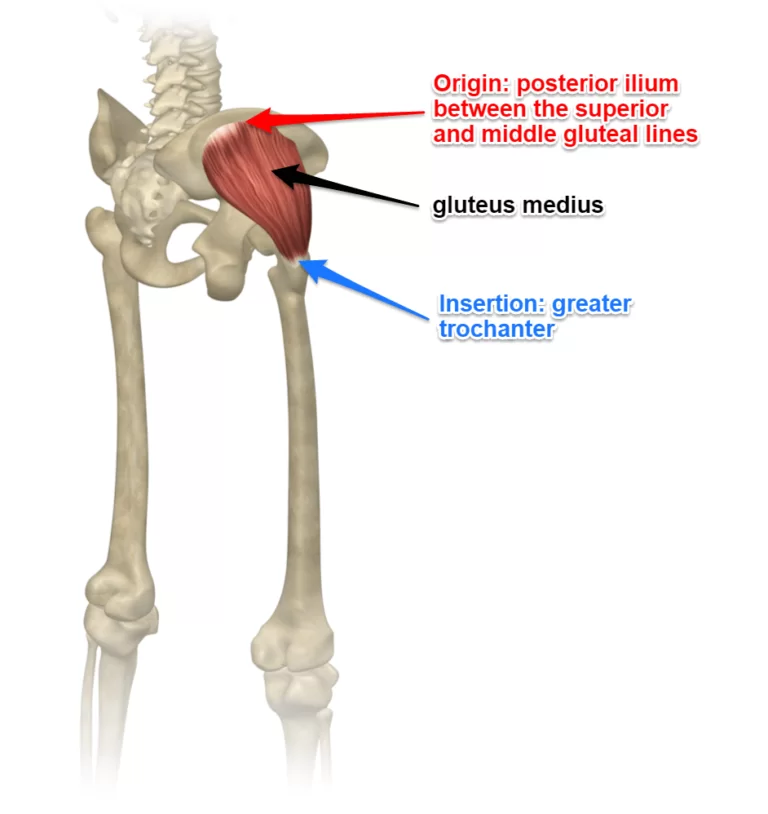
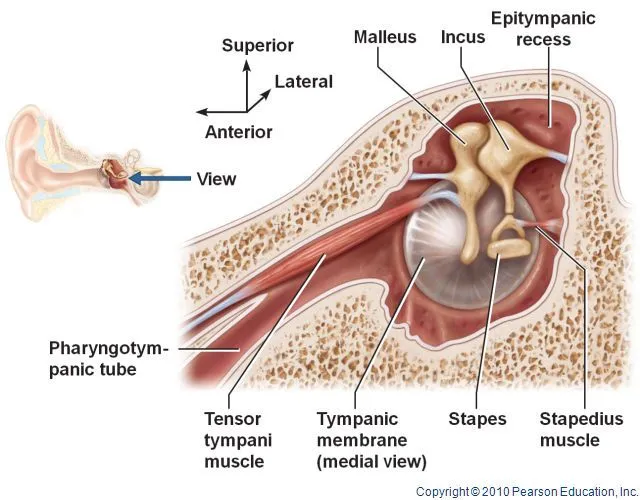
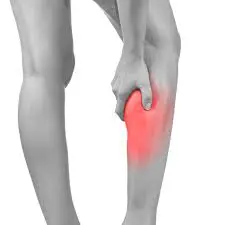

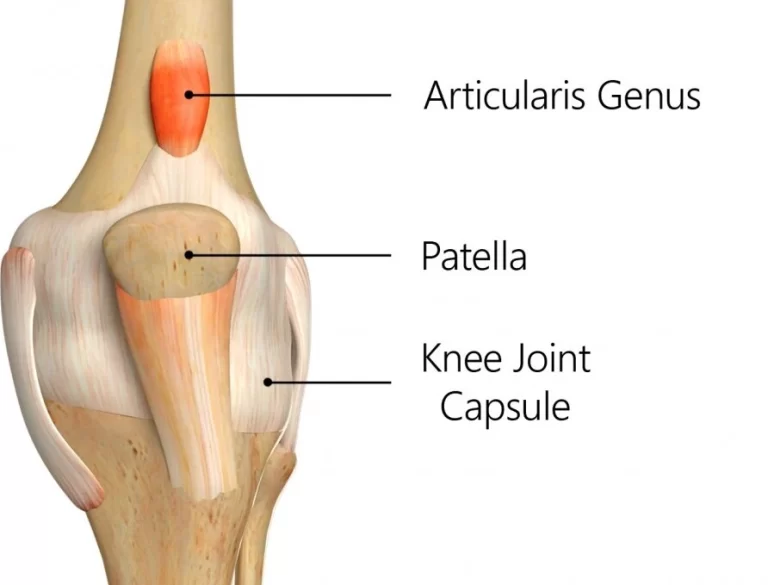
8 Comments